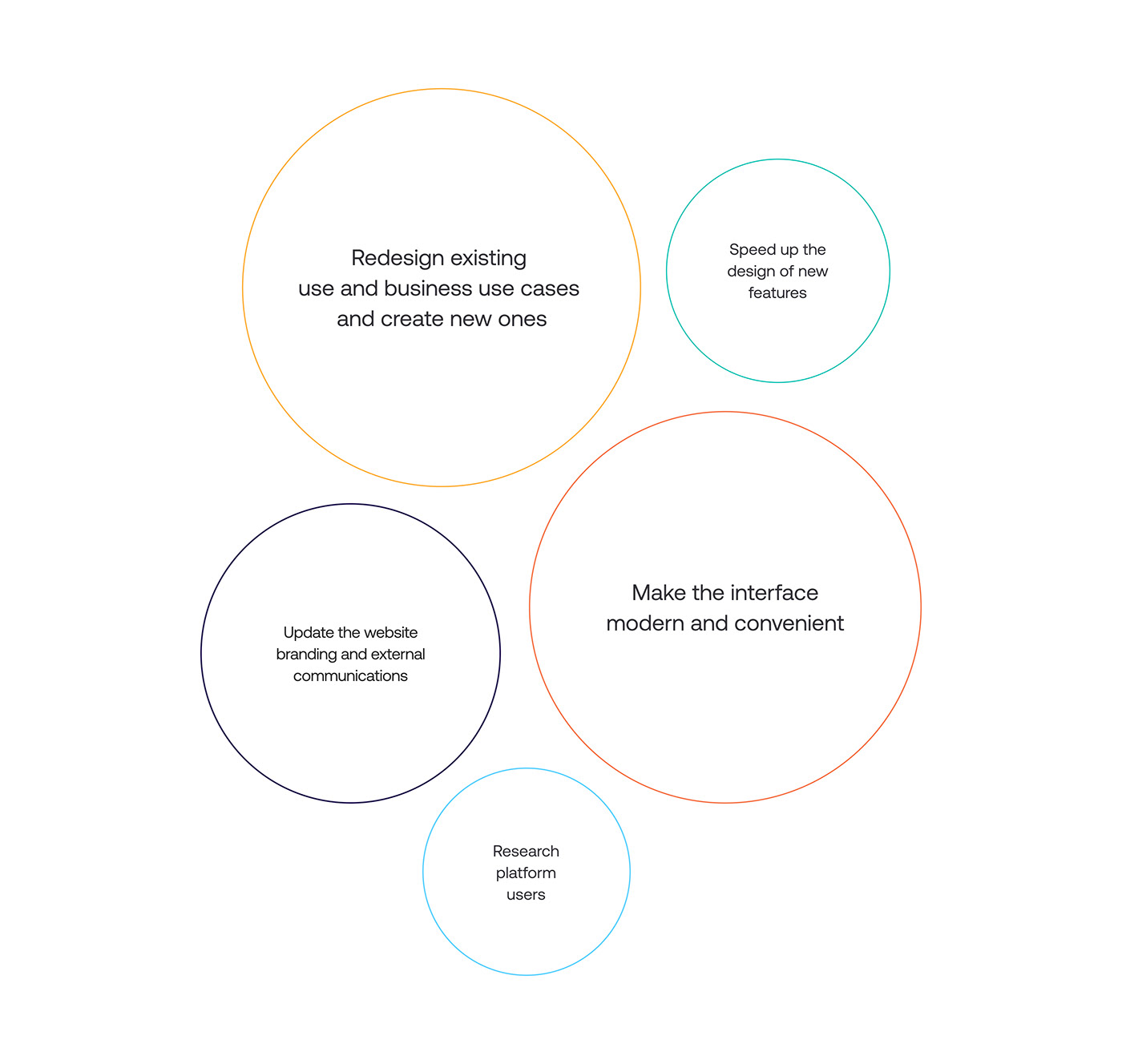

Zindi is an African platform for data scientists that helps them hone skills in a diverse and inclusive atmosphere, gain practical experience and find employment. It also shows companies how machine learning and AI can be useful in dealing with business challenges.



According to our idea, the new corporate identity was to emphasize the African origin and broadcast the data science specifics of the company and the platform.
We were inspired by the traditional ornaments and colors of African nature. For the design, we used bright patterns built on an isometric grid, a hi-tech font, photos of people and a lot of white for the background.
We were inspired by the traditional ornaments and colors of African nature. For the design, we used bright patterns built on an isometric grid, a hi-tech font, photos of people and a lot of white for the background.




We have reorganized all the pages of the website, solved critical issues and changed the main user scenarios.
During the research, we learned that the most important goals of the users are competing, learning, talking, being a part of the community and looking for jobs. We used the same titles for website pages.



Competitions are the main feature of the platform, and here we have found most of the problems.
The users struggled to find competitions they needed, and upload the code. The organizers had a hard time discussing results and working with the competition leaderboards.
The users struggled to find competitions they needed, and upload the code. The organizers had a hard time discussing results and working with the competition leaderboards.



On the competition page, we implemented new text styles in the description. We made an anchor navigation. User scenarios were simplified: we added warnings, explained mechanics and provided feedback on actions.



Rubrics and sorting were added to the “Talk” section. To engage users, we supplemented discussion cards with information about the author, participants, comments, and views.



The article editor has been simplified so that users can change the text style and add photos and lists to articles, even from their smartphones.



We improved the “Job” section with search, filtering and sorting. The cards were made more informative.



In the “Blog” section, we added rubrics and sorting, as well as rearranged the article cards.



We have created a thoroughly designed system which includes all necessary components, cards and elements, semantic colors and fonts.




